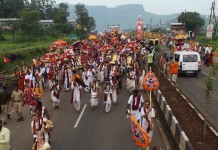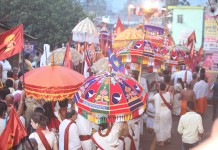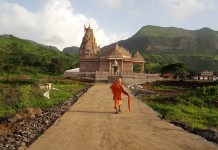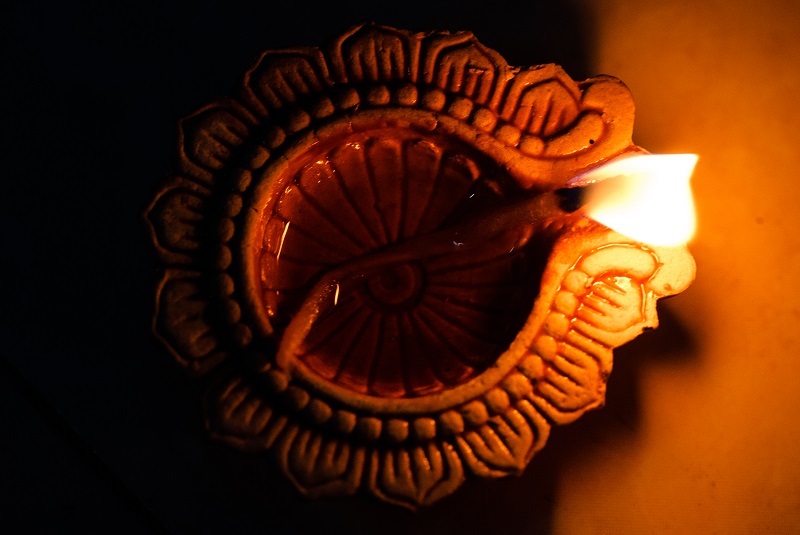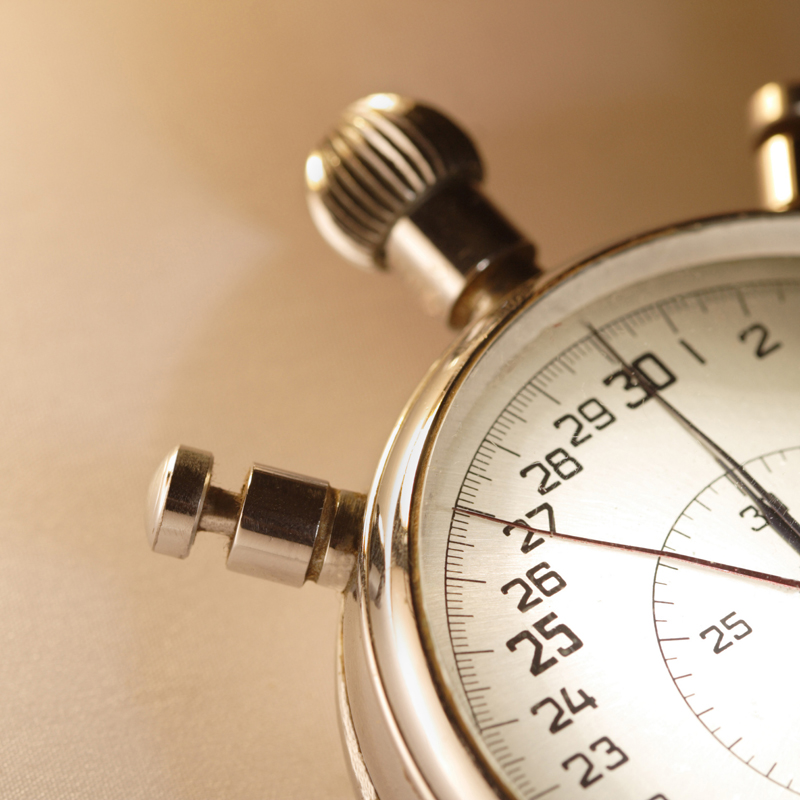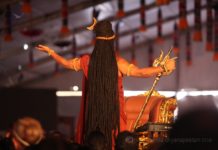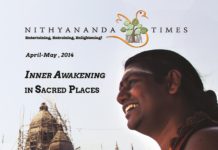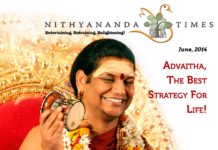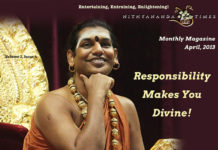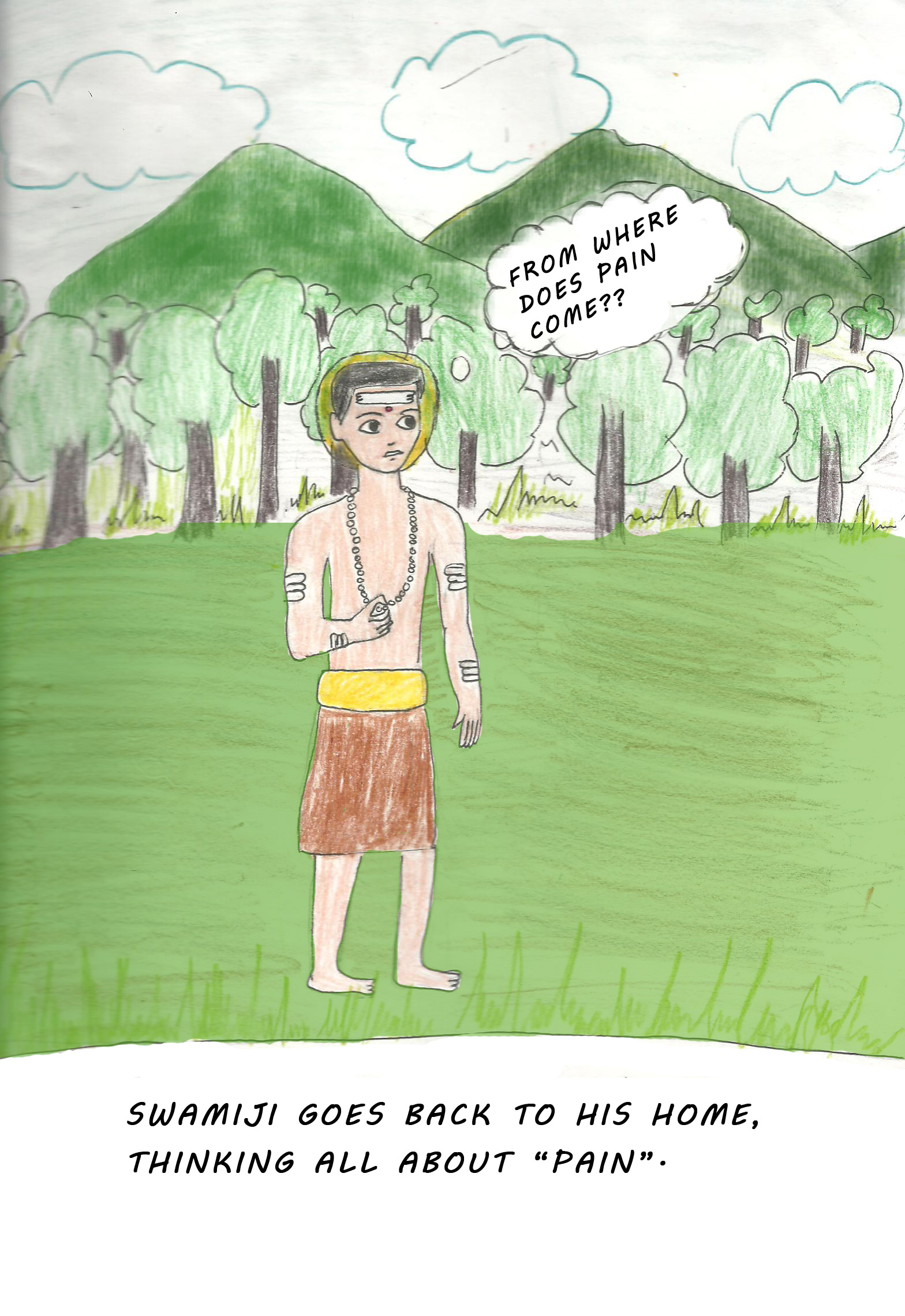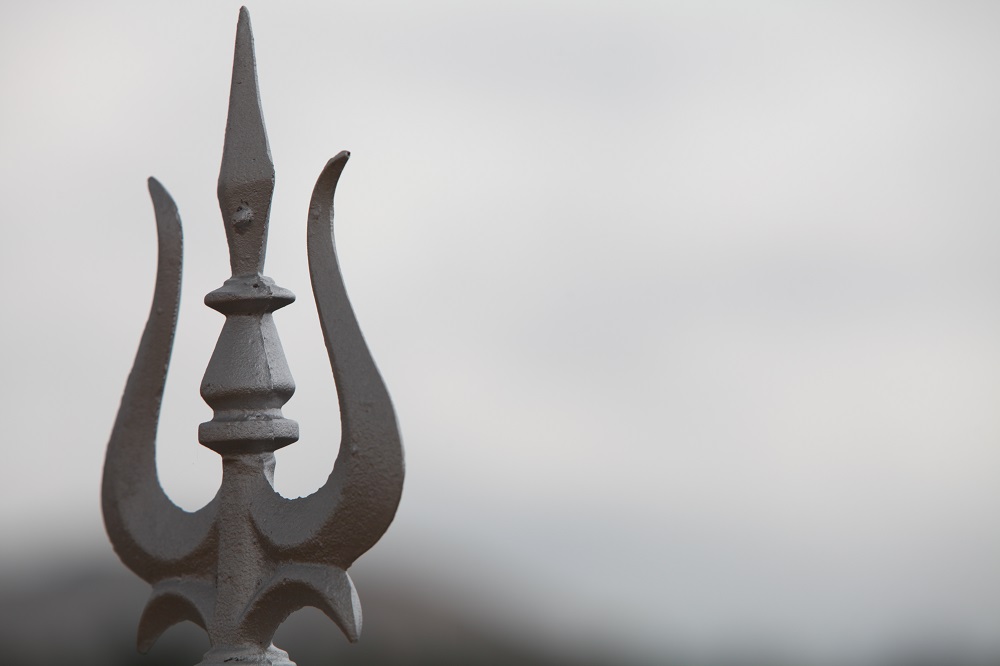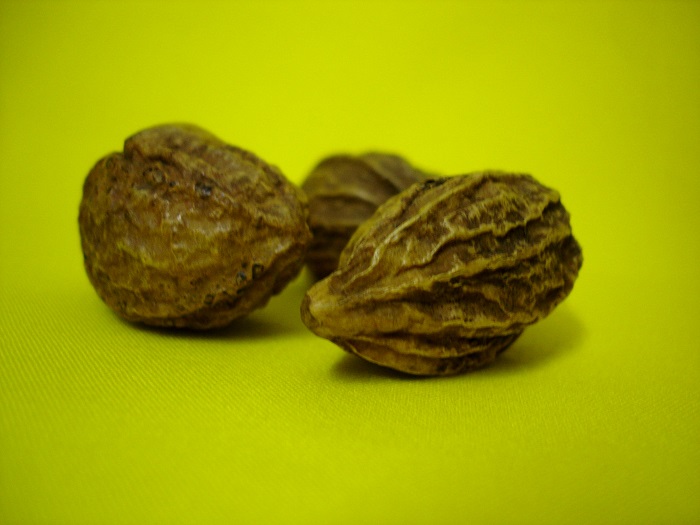Rajashekharan, now known as Swami Paramahamsa Nithyananda, at the age of ten was already an advanced spiritual seeker, clear about who he was and his path in life. In the late 1980s when other young boys around the world spent their time playing games, listening to music, or playing soccer or football, Rajashekharan was already an advanced yogic practitioner, enamoured with temples, fierce and intense about his spiritual interests and practices. He lived in a small temple town called Thiruvannamalai in Tamil Nadu, south India; a town renowned for having an unbroken lineage of enlightened masters.
Rajashekharan had many teachers from a young age, and at the age of ten he had been seeking the company of a great master, Annamalai Swamigal, a direct disciple of Bhagavan Ramana Maharshi. One day Rajashekharan heard Annamalai Swamigal say to a group of seekers, “We are not the body. We are beyond suffering and pain.”
These words struck a chord in Rajashekharan. Even though he was such a young boy, Rajashekharan took these words to heart and analyzed them to see if they applied to himself. He thought through his own life where he himself had experienced pain and suffering – physical pains and mental pains. He began wondering how one can go beyond suffering when it was clear that pain and suffering existed even in his own life. He thought, “If my mother beats me, I have pain. If my teacher shouts at me, I have suffering. How can Annamalai Swamigal say that we are beyond pain and suffering?” He was not able to understand.
However, Rajashekharan was not an ordinary boy. Two words that best describe the young seeker are sincerity and intensity. He wanted to find out for himself if the statement made by Annamalai Swamigal was true. He had experienced pain and suffering and now was being told that he was beyond it. So he decided to experiment on his own body to know the truth! Out of his innocent but passionate seeking, he ran home, took his mother’s kitchen knife and cut his right thigh to see if he really experienced pain or not. He made a deep cut into his own body to see if there was pain. Of course, there was pain and his mother took him to the hospital for care. The doctor gave him first aid and stitched the wound. Rajashekharan could not understand.
After a few days, he went back to Annamalai Swamigal and asked him, “What is this? What have you taught me? You said we have no pain and suffering. I cut myself and now I have pain. I have suffering.” It was a very deep cut with stitches. To go back to Annamalai Swamigal and challenge, to continue to try to find the answer at age 10 shows his intense seeking and his desire to find the truth. Annamalai Swamigal just smiled at Rajashekharan and said, ‘My son, just try to find the source from where you are feeling the pain, the point where you are feeling this pain. Try to find the source. Do this meditation.’
He was not immediately convinced. He had experienced pain even though was told he was beyond pain. So he told Annamalai Swamigal, ‘It’s alright. You have given me blessing or an initiation or some meditation. That’s ok. But you could have done this before I cut my thigh! You could have done this earlier. Why did you make me cut my thigh and then talk all these things?’ Annamalai Swamigal said, ‘Don’t bother bother about the pain, my son. You had the courage to experiment with the truth. That itself will liberate you.’
Paramahamsa Nithyananda says that this incident became a big inspiration for him. He got the click that the courage to experiment was beyond all pain. From that point on, the young Rajashekharan used that one incident to guide his life and actions. He played with the technique again and again, just sitting and observing where the pain was coming from, where was the ‘I’ that was feeling the pain, and trying to find the source of the Self. He says he did not even meditate, he simply played with the technique. Because he had the courage to directly test the concepts of pain and suffering, Rajashekharan went beyond the illusion of thoughts into the source of thoughts. He was able to see beyond pain and not bother about it anymore.
After this incident, Annamalai Swamigal became Rajashekharan’s inspiration and scale for everything. For every situation, he would ask ‘‘How would Annamalai Swamigal behave? Let me behave like that’. He used the technique for anything from fear to arguments with his brothers, saying, ‘How would Annamalai Swamigal handle it? He wouldn’t bother. Let me also not bother!’ If he felt a little lazy to meditate or to walk, he would think ‘How Annamalai Swamigal would handle it? Naturally he won’t bother about laziness. He would get up and meditate; so do that, that’s all!’ And so he would just get up, sit and meditate. The connection with the master went so deep that if any thought came up inside, he would ask himself: ‘How would Annamalai Swamigal respond? He will not even have this thought! Then it is not mine either. Over!”
What started as a truth told by Annamalai Swamigal to young Rajashekharan became an experiment with the truth inside him. He was ripe for his first enlightenment experience which happened at the age of 12 on the sacred Arunachala hill. Today, Nithyananda says, that same inspiration and courage to experiment that pushed young Rajashekharan can raise all of humanity’s consciousness to the next level. He invites everyone to experiment with the truth, to become their own ‘spiritual laboratory’. When anyone lives and imbibes an enlightened Master’s body language, experimenting with the truth, enlightenment is possible.

